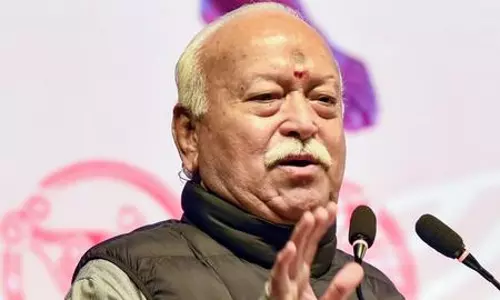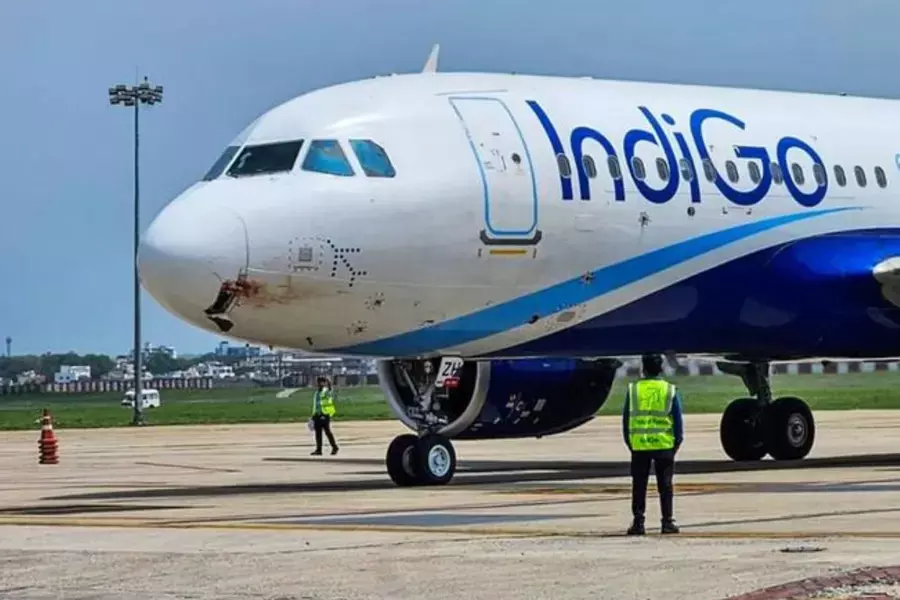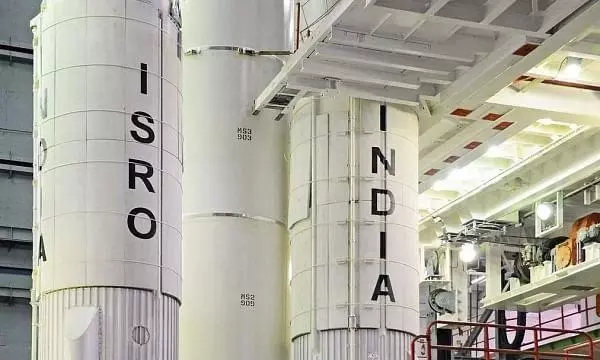
ISRO to conduct three additional test flights as part of Gaganyaan mission
text_fieldsBengaluru: ISRO is set to undertake three additional test vehicle missions within the Gaganyaan program following the inaugural TV-D1 test flight, scheduled for October 21, said Chairman S Somanath.
The Gaganyaan project is designed to demonstrate India's human spaceflight capabilities by launching a crew into a 400 km orbit and safely returning them to Earth, with a planned splashdown in the Indian seas.
The first test vehicle flight, TV-D1, will be executed at the Satish Dhawan Space Centre in Sriharikota, Andhra Pradesh. This flight is intended to test the crew module, which is slated to house Indian astronauts during the upcoming human spaceflight, expected to take place in late 2024.
ISRO Chairman S Somanath explained the forthcoming test missions, stating, "After the initial test vehicle flight (Gaganyaan mission) on October 21, we have planned three more test missions: D2, D3, and D4. We will conduct comprehensive tests during this sequence of test flights."
TV-D1 will involve the launch of the crew module into outer space, its safe return to Earth, and recovery following touchdown in the Bay of Bengal.
Recently, the Union Minister of Science and Technology, Jitendra Singh, announced that the space agency, headquartered in Bengaluru, would carry out the first of several test flights in preparation for the maiden Gaganyaan mission, scheduled for October 21 at the Sriharikota launch centre.
S Somanath also discussed the Aditya-L1 program, ISRO's first solar mission. He expressed hope that the spacecraft would reach the Lagrange point (L1) around mid-January 2024. From this vantage point, the spacecraft will perform various scientific experiments.
In early September, ISRO launched the Aditya L1 spacecraft aboard a PSLV-C57 rocket.
Regarding the establishment of an additional launch pad in Kulasekarapattinam, Tuticorin district, S Somanath mentioned that ISRO anticipates various benefits from this new launch pad. It will be particularly useful for launching smaller rockets and supporting private players in the space industry.
He explained, "Currently, larger rockets like the PSLV need to change course toward a southward direction above Sri Lanka due to the location of the existing launch pad in the east (Sriharikota). In Kulasekarapattinam, rockets will already be facing southward, eliminating the need to alter their trajectory."
S Somanath also noted that smaller satellite launch vehicles and private companies would be able to utilise the Kulasekarapattinam launch pad. Currently, the land acquisition process is underway, and the project is expected to be completed within two years.























